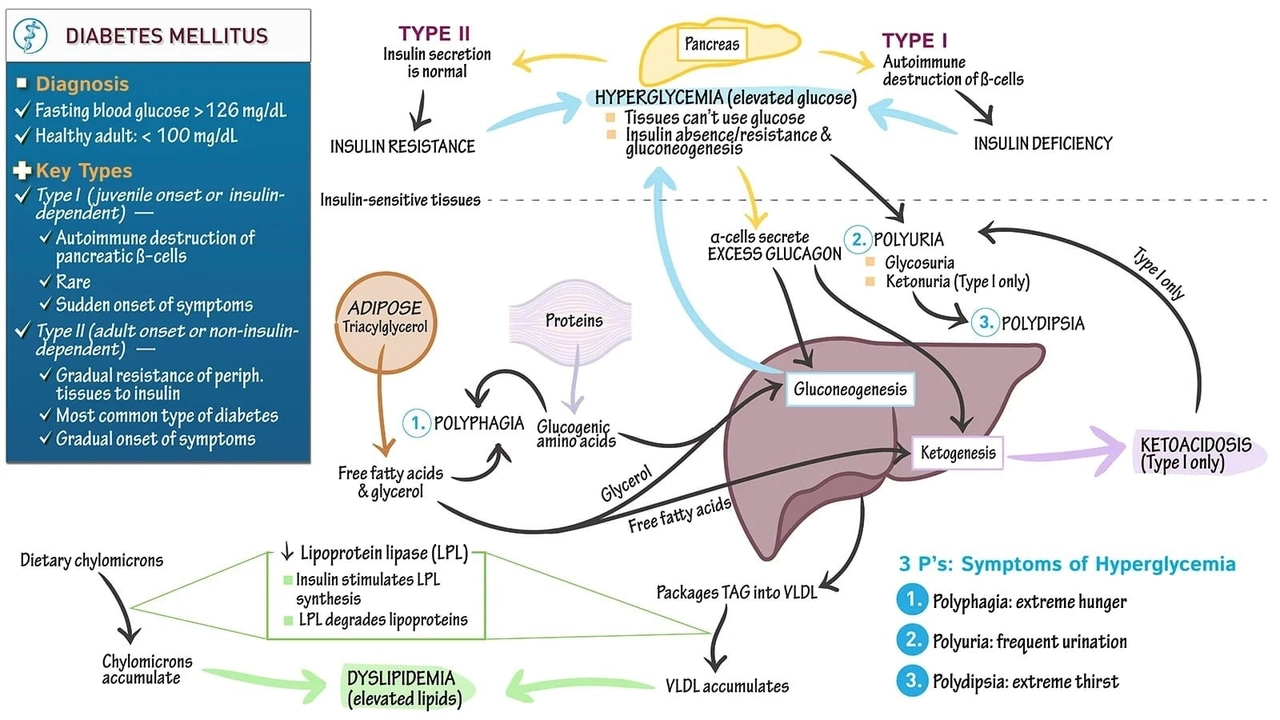Edema: What Causes Swelling and How You Can Manage It
Swelling doesn’t always mean something serious, but it’s not something to ignore either. Edema (fluid buildup in tissues) shows up as puffiness, heavier limbs, or shoes that suddenly feel tight. Here’s a straightforward, useful guide to tell if it’s harmless, how to ease it at home, and when to see a doctor.
When swelling is harmless vs serious
Not all swelling is the same. If your feet or ankles swell after standing all day, that’s often simple gravity-related edema. Pitting edema — when you press the skin and a dent stays for a few seconds — can point to more fluid buildup. Watch for red flags: sudden one-sided leg swelling, breathlessness, chest pain, fast weight gain (a few kilos in days), very low urine output, or fever. Those need urgent medical attention because they can mean blood clots, heart failure, or kidney/liver problems.
Common causes you’ll hear about: too much salt, long sitting/standing, pregnancy, certain meds (calcium-channel blockers, NSAIDs, some diabetes drugs, steroids), and chronic issues like heart failure, kidney disease, liver disease, venous insufficiency, or lymphedema. Knowing the pattern — when it started, what makes it better/worse, and other symptoms — helps your clinician find the cause faster.
Practical self-care and medical treatments
Start with simple steps that help most people. Cut back on salt gradually (aim for under 2–3 g sodium/day if advised by your clinician). Move every hour if you sit a lot — walk or do ankle pumps. Raise your legs above heart level for 15–20 minutes a few times daily. Compression stockings (20–30 mmHg) help venous swelling — get properly fitted. Avoid tight socks or garters that dig into the skin.
If lifestyle changes aren’t enough, doctors may use medicines. Diuretics (water pills) such as furosemide (Lasix), torsemide, bumetanide, or thiazide diuretics are chosen based on the cause. Spironolactone works for fluid retention linked to liver disease or certain heart conditions. These drugs need prescriptions and blood tests — they can change electrolytes and kidney function. Don’t buy diuretics or other prescription meds from unknown online shops without a proper prescription and monitoring.
Other options depend on the cause: treating heart or kidney disease, repairing venous valves, lymphatic therapy, or changing an offending medication. For pregnancy-related edema, most cases improve after delivery, but talk to your doctor before taking any meds.
Want practical help now? Track your weight daily, note how long swelling lasts after rest, and take photos to show your healthcare provider. If swelling comes with breathlessness, chest pain, or sudden one-leg swelling, get urgent care.
On this site you’ll find articles about diuretics, medication safety, and alternatives — useful if you’re researching treatment options. Use those guides to ask the right questions at your next doctor visit and to keep your treatment safe and effective.
Edema and Diabetes: Causes, Complications, and Management
Edema and diabetes are closely related, as high blood sugar levels can cause fluid retention, leading to swelling in various body parts. This condition can be quite uncomfortable, and if left untreated, can lead to serious complications such as cellulitis and impaired blood flow. To manage edema in diabetic patients, it's essential to maintain proper blood sugar levels, reduce salt intake, and engage in regular physical activity. Compression stockings and elevation of swollen limbs may also provide relief. Remember, always consult your healthcare provider for personalized medical advice and treatment.
© 2025. All rights reserved.

